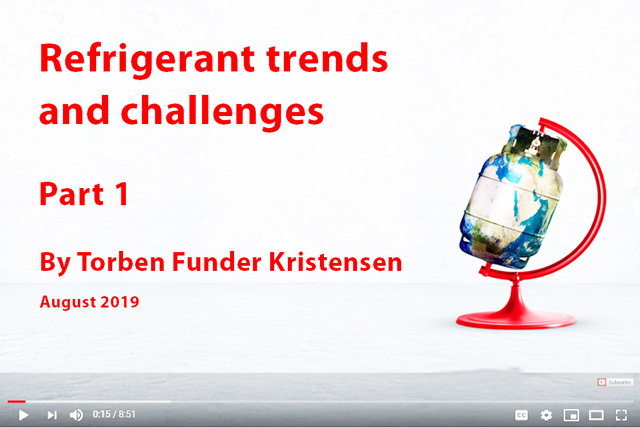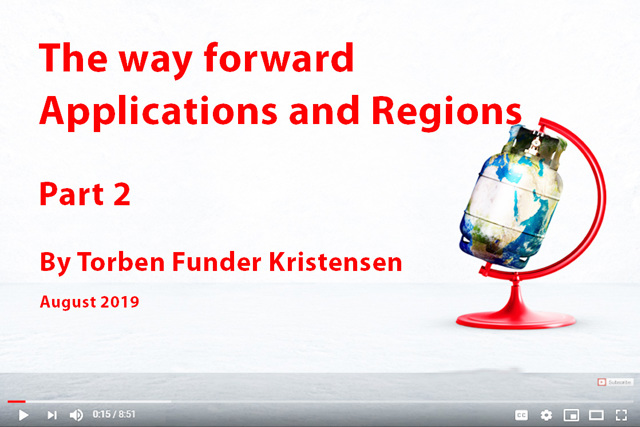The replacement was to a large extent handled by replacing CFCs with HFCs without compromising safety during installation and use. However, as we know today, the widespread use of HFCs eventually becomes a major global warming source.
R22 is the predominant HCFC due to its wide applicability. R22 is, however, also part of the phase out plans due to its minor ODS potential. Developed countries have already accomplished the phaseout of R22, while other countries will be using R22. Phaseout here has already started, and will continue until 2030.
Achieving R22-free operation
In meeting the compliance deadlines, operators can pursue new-build or retrofit strategies to cater for introduction of R22 substitutes.
Danfoss recommends investment in new plant purpose-built for R22 substitutes as the most economic and environmentally friendly solution in the long term. Alternatively, existing plant can be retrofitted with hermetic compressors and controls to run on R22 substitutes, following a series of modifications and checks to ensure system reliability.
R22 countdown and phase out legislation
The Montreal Protocol has triggered new discussions of R22 substitutes. The white paper gives an overview on the composition and properties of the existing refrigerants and the legislations in the different regions.




